Top Things to Know Before Buying Indoor Plants: A Guide for Green Thumbs
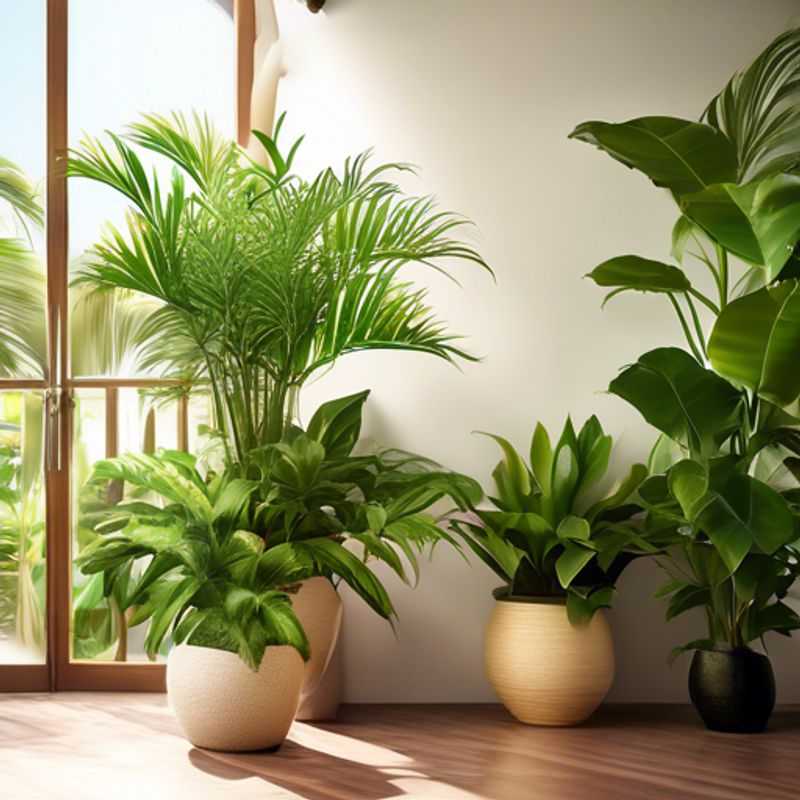
Top Things to Know Before Buying Indoor Plants: Lighting, Soil, Size, Toxicity, Growth Habits, Care, and Cost
Bringing a little greenery indoors is a fantastic way to brighten up your space and improve your well-being.
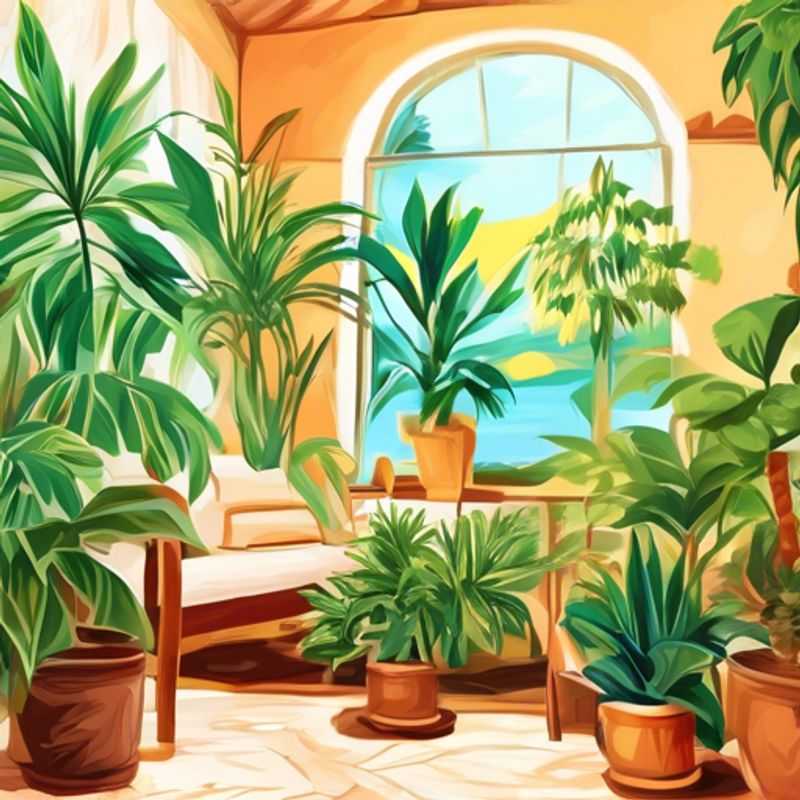
Light It Up Right: Understanding the Lighting Needs of Your Plants
Light is essential for plant growth, and different plants have different lighting needs. Understanding the lighting requirements of your chosen plant species is crucial for its successful cultivation.
Plants utilize light for photosynthesis, the process of converting light energy into chemical energy to fuel their growth. The amount and type of light a plant requires varies based on its natural habitat and evolutionary adaptations.
Sunlight is the most natural and ideal light source for plants, providing a full spectrum of light wavelengths essential for healthy growth. However, not all plants thrive in direct sunlight. Some prefer partial shade or even indirect light.
Consider the following factors to determine the lighting needs of your plant:
- Native habitat: Research the plant's origin. Plants from tropical rainforests typically need high humidity and indirect light, while desert plants prefer bright, direct sunlight.
- Leaf color and texture: Plants with dark green leaves usually tolerate shade better than those with light green or variegated leaves. Plants with thick, succulent leaves tend to thrive in bright light.
- Plant's growth habits: Fast-growing plants typically require more light than slow-growing plants.
If you're unsure about your plant's lighting needs, consult a gardening expert or online resources. Providing the right amount of light will ensure your plant thrives and reaches its full potential.
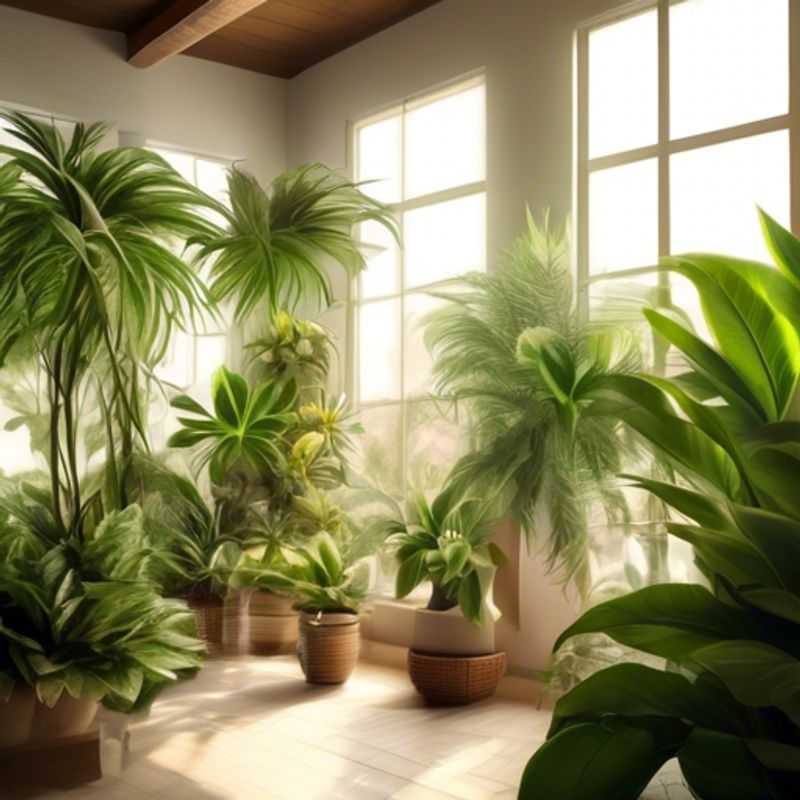
Unlocking Plant Success: Understanding Soil and Watering Needs
Knowing the ideal soil type and watering needs for each plant is crucial for successful gardening. Different plants have specific preferences for soil composition, drainage, and moisture levels.
Researching the ideal soil type involves understanding the plant's native habitat and the soil conditions it thrives in. For example, cacti prefer well-draining, sandy soil, while ferns favor moist, acidic soil.
Determining watering needs requires considering factors like the plant's growth stage, climate, and pot size. Newly planted or young plants generally require more frequent watering than established ones.
To ensure proper watering, consider using a moisture meter or testing the soil with your finger. Water thoroughly when the top inch of soil feels dry, allowing excess water to drain. Avoid overwatering, which can lead to root rot.
Understanding the soil type and watering needs for each plant is key to their healthy growth and development. Regularly monitoring the soil moisture and adjusting watering practices as needed will help ensure your plants thrive.
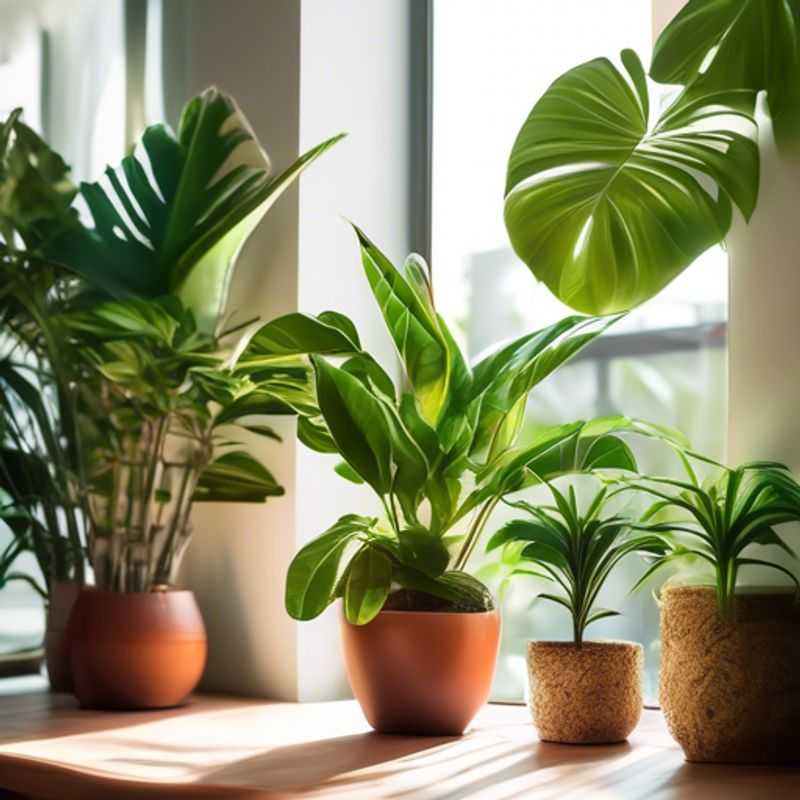
Choosing the Right Plant: Size Matters!
When choosing a plant, it's crucial to consider its size and the space available in your home. Larger plants need ample space to thrive, while smaller plants can flourish in tighter spots. Measure the area where you'll place the plant and make sure you have enough room for it to grow without becoming cramped.
Remember that plants grow, so consider the mature size of the plant. Choose plants that are appropriate for your available space to avoid overcrowding. You may also want to consider the growth habit of the plant, such as its height, width, and spreading tendency. This will help you determine whether it will fit well in your space.
Once you have a good idea of the size and growth habit of the plant, you can begin to think about the specific space you have available. Factors like sunlight exposure, humidity, and airflow will all play a role in determining the suitability of a particular plant for your chosen location.
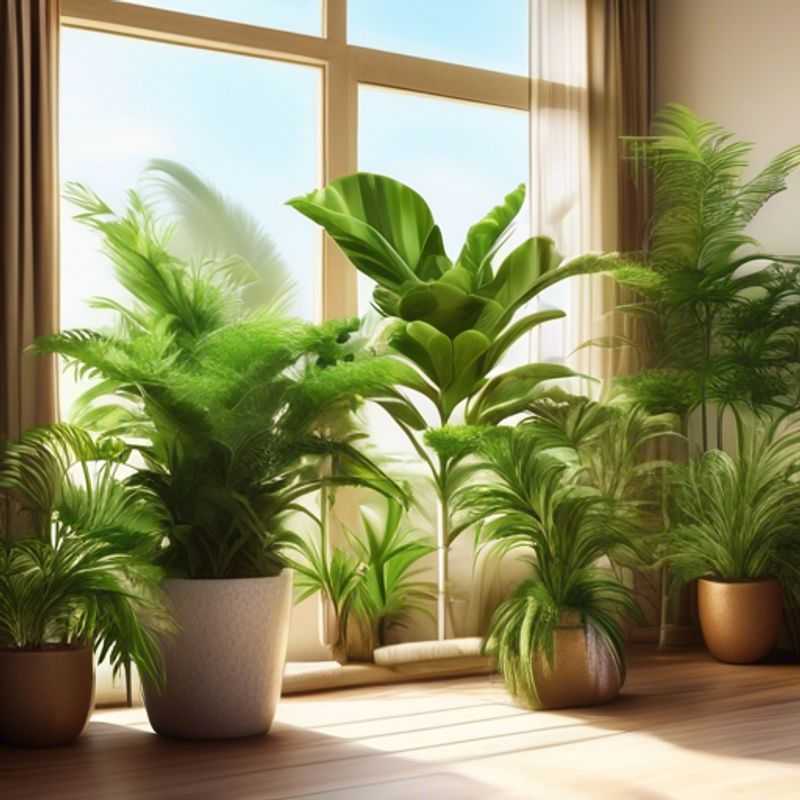
Pet and Child Safety: Understanding Plant Toxicity
Many common houseplants can be toxic to pets and children if ingested. It’s important to be aware of the potential risks and take steps to keep your loved ones safe.
The most common symptoms of plant poisoning include vomiting, diarrhea, drooling, lethargy, and loss of appetite. In severe cases, poisoning can be fatal.
Here are some of the most common toxic plants for pets and children:
Lilies: All parts of the lily plant are toxic to cats, even a small amount can cause severe kidney failure.
Pothos: This common houseplant can cause oral irritation, vomiting, and diarrhea in pets and children.
Dieffenbachia: This plant contains calcium oxalate crystals that can cause irritation, swelling, and difficulty swallowing in pets and children.
Aloe vera: While the gel inside the aloe vera plant is often used medicinally, the sap is toxic and can cause vomiting and diarrhea in pets and children.
Peace lily: These popular plants can cause oral irritation, vomiting, and difficulty swallowing in pets and children.
If you suspect that your pet or child has ingested a toxic plant, it’s important to contact your veterinarian or poison control center immediately.
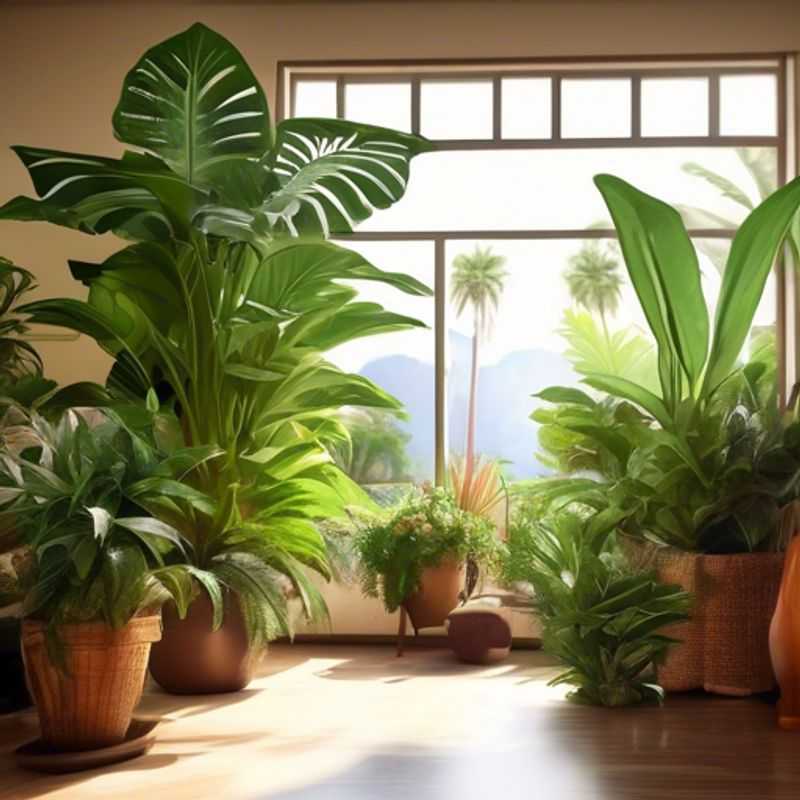
Check the Growth Habits: Choosing Plants That Thrive in Your Space
Choosing the right plants for your garden or home is crucial. Before you buy, it's important to understand their growth habits to make sure they'll thrive in your chosen location. This means considering factors like sunlight, soil type, and water needs.
Sunlight is a key factor. Do you have a sunny spot, partial shade, or deep shade? Some plants need full sun (6+ hours daily) while others thrive in shade. Matching the plant's light requirements to your location is essential for healthy growth.
Soil type also plays a vital role. Some plants prefer sandy soil, while others need clay or loamy soil. Understanding the soil type in your area is crucial for success. You might need to amend your soil with compost or other materials to create a suitable environment for your chosen plants.
Water needs vary significantly between plants. Some are drought-tolerant and need minimal watering, while others need frequent and consistent watering. Researching a plant's water needs and matching them to your watering capabilities is important for their survival.
Knowing your plant's growth habits will help you make informed decisions, ensure their healthy growth, and create a thriving garden or indoor space. For more detailed information, consult reputable gardening resources or your local nursery.
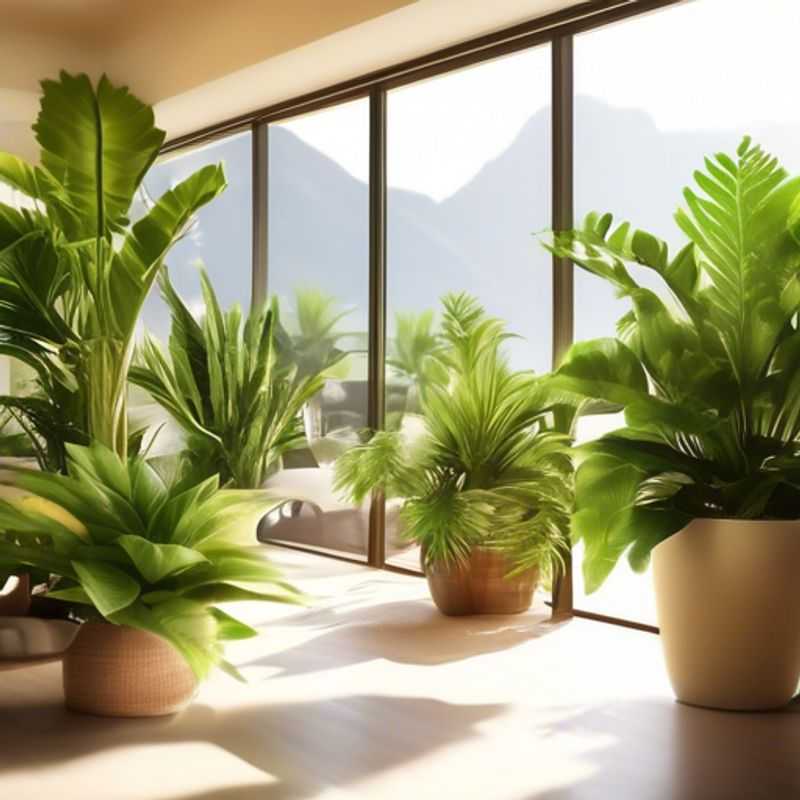
Plant Parenthood: Providing the Right Care and Maintenance
Caring for a plant is essential for its health and longevity. Understanding its needs and providing proper care is crucial for its thriving. Different plants have specific requirements, so researching the needs of your particular plant is vital. It is important to consider factors like the plant's species, light requirements, watering needs, and soil preferences. Providing the right amount of water and sunlight is crucial for healthy growth. Regularly checking for signs of pests or diseases is important to prevent issues. Maintaining a clean and healthy environment is vital.
You may need to invest in materials to ensure your plant’s well-being. This could include items such as: fertilizer, soil, pots, and tools. Potting soil should be appropriate for the specific plant species. Fertilizer provides necessary nutrients. Quality tools are important for pruning, repotting, and other maintenance activities. The cost of these items will vary depending on the specific materials, but these are essential for ensuring the plant's growth and health.
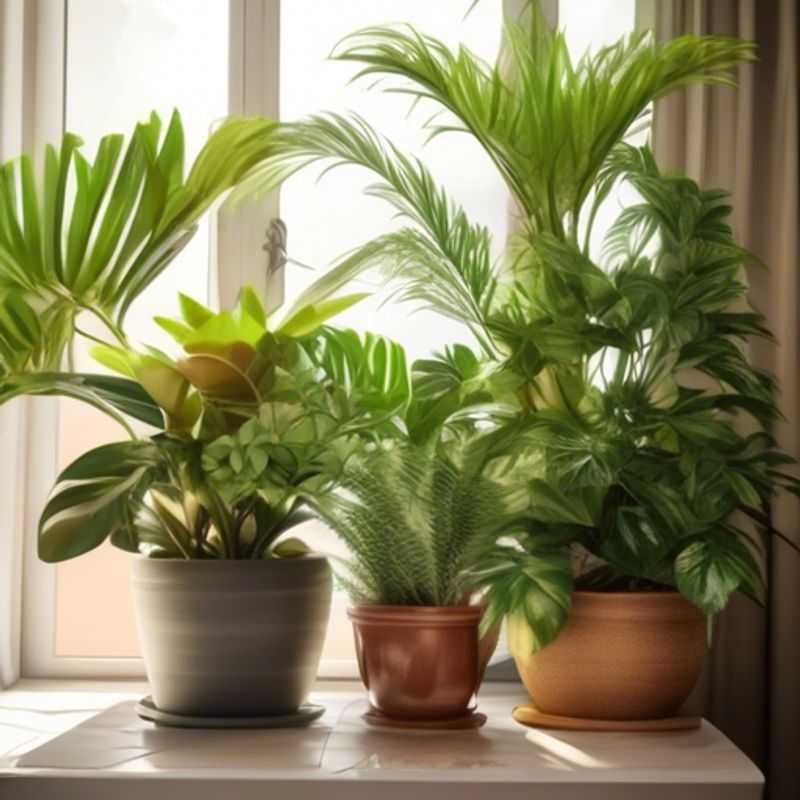
Don't Forget the Extras: Plant Cost Breakdown for Your Budget
When budgeting for a new plant, don't forget to factor in the cost of the plant itself, the pot, and any necessary accessories.
The plant is the most obvious cost, but the price can vary widely depending on the type, size, and rarity of the plant. The pot is another essential expense, and you'll need to consider the size, material, and style you prefer.
Accessories can include things like drainage trays, saucers, plant food, fertilizer, soil, and tools for potting and care.
It's a good idea to research prices online or at local nurseries and garden centers before making a purchase. This will help you get a good idea of the total cost of your plant project.
Tip: When buying plants online, be sure to factor in shipping costs and any applicable taxes. You can often save money by buying plants in bulk or during sales.
